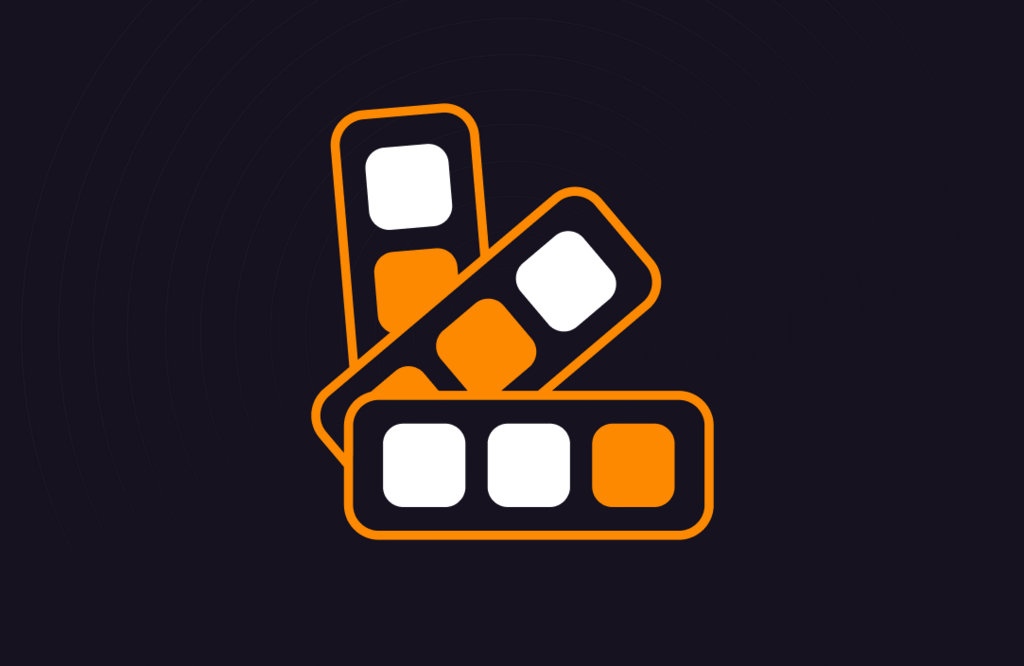
Ahmed Elfayomy (UIUX)
2023-07-18
UX Design
Share the blog on:
We live in a technological world that relies heavily on the interaction between humans and systems. In this context, the importance of good user experience (UX) design comes in to ensure ease of use and efficient access to information. But how can designers deliver a good user experience? The answer partly lies in using the right tools, and that's where wireflows are important.
Wireflow is a design tool used to visually visualize the paths in use and inform design decisions. In this article, we will discuss the concept of task flow and flowchart and how to organize and use Wireflow effectively. We now begin by detailing each concept to provide you with a comprehensive understanding that you can apply in your future projects
The Concept of Task Flow
What is Task Flow and why is it important in user experience design
When thinking about designing an application or website, it is very important to understand how users interact with the system. Here comes the role of task flow, which is known in Arabic as “task flow”. A task flow is simply the sequence of steps a user takes to complete a specific task within an application or website.
Let's take an example of a non-specific task flow for purchasing a product through an appundefined Example: designing an online shopping application. The task flow for purchasing a product might be as follows:
Open the app
Search for the product
Add the product to the shopping cart
View purchase details
Checkout
in full Understanding this sequence enables designers to arrange interfaces and interactions in a way that makes the user experience easy and intuitive.
Task flow is one of the foundations of UX design work and is also a good starting point before moving on to more complex design phases such as creating wireflows.
What is a flowchart?
Definition and Benefits
A flowchart, or process diagram, is a type of diagram that shows the sequence of operations and the interaction between them in a given system.These diagrams help explain how a particular task or process takes place within the system.
Example of using FlowChart
Let's apply this concept to the design of a distance learning website. A flowchart can show:
Log in to the system
Choose a course
Participate in lessons and events
Pass exams
Get a certificate
A flowchart is useful for illustrating unspecified processes and possible decisions a user can make, which helps undefined In making better design decisions.
FlowChart and WireFlow
Although FlowChart is a useful tool for understanding interactions within a system, it lacks the visual detail that Wirflow provides. This is what we will discuss in the next section to clarify when it is preferable to use each of them.
Definition of Wireflow
What is WirFlow and how does it differ from FlowChart and Taskflow?
Wireflow is an evolution of FlowChart and Task Flow, with a visual element added to it. Simply put, Wireflow not only displays the sequence of operations and steps, but also how everything appears on the screen.
Example using Wirflow
Let's imagine you want to design a photo sharing app. Wireflow will display:
The registration screen and how to interact with it
The main interface and details How to search for new images
The process of adding a new image
Interacting with other users via comments and likes
Wireflow in the design process
Wireflow is a powerful tool that enables designers to clarify and test an idea before starting advanced design stages such as development. It benefits not only designers but also developers and project owners to understand how users interact with the system.
Simplified Wireflow
What is Simplified Wireflow and in undefined In which contexts is it used?
Simplified Wireflow is a shortened version of traditional Wireflow, focusing on only the basic elements and interactions. This type of Wireflow is preferred when there is a need to quickly present ideas and interactions without excessive detail.
Example of a simplified Wirflow
in the case of instant messaging A simple Wireflow can show the following: Login screen Chat interface Single chat screen Fine details like how to send files or create new groups can be overlooked. Benefits of wireflow speed Simplified implementation: It can be created in a short time. Focus on the essentials: Makes key points easier to understand. Simplify the process: Useful in the early stages of design when ideas are still being developed. Organizing and Using Wireflow How to Organize Wireflow for Maximum Benefit Good organization of Wireflow is an essential part of the design process. Helps clarify undefined vision and direction for the project team. Steps to Organize Wirflow Setting Goals: Before starting work, you should define what you want to achieve from Wirflow. Content Collection: Collect all the information and items that undefined You'll need it in Wirflow. Define your audience: Knowing who your end users will be helps design a more effective Wireflow. Planning the steps: determining the sequence of events and how they interact with each other. Example of Wirflow organization If your project is an online shopping application, Wireflow can be organized to show: Login or registration process Searching and selecting products Shopping cart and checkout Tracking the shipment This way, it becomes easier for all team members to understand the overall flow of the application and work on improving it . The Wireflow Creation Process Basic Steps to Creating Wireflow Creating Wireflow is not a complicated process, but it does require focus and strategic thinking. Here are the basic steps you can follow: Research and Investigation: Before anything, you should understand the user requirements and check the available data. Thinking and Planning: This is where defining the overall structure and defining the basic, non-specific elements of Wireflow begin. Drawing: Pen and paper or digital tools can be used to draw a prototype. Improvement and modification: Based on feedback and feedback, modification and improvement are made. Final: Once finished, you can undefined Share Wirflow with the team and the next stages of the process can begin. Example of a Wirflow creation process If you want to create a Wirflow bookstore website, steps might include: Research how people interact with other book sites. Layout of major pages such as home page, product page, and checkout page. Draw prototypes that illustrate user interactions. Improve based on user experiences and feedback. Send the final version to the team to begin the development phases. Conclusion: Wireflow is a powerful tool in the world of UX design. By providing a clear view of how the user interacts with the product, Wirflow improves and simplifies the design process. Whether you use traditional Wirflow, or simplified Wirflow, it can do the trick effectively. Frequently Asked Questions (FAQ) What is Wireflow? Wireflow is a type of illustration that shows how a user interacts with... unset a particular product, whether it is a website or a mobile phone software. When is it best to use Simplified Wireflow? Simplified Wireflow is best used in the early stages of design, when the goal is to provide a general idea of undefined Key interactions. How can I organize Wireflow effectively? Organizing Wireflow requires setting goals, assembling content, and defining your target audience. In addition, it is preferable to define the sequence of events and interactions in Wirflow. Not defined undefined
Similar Articles





